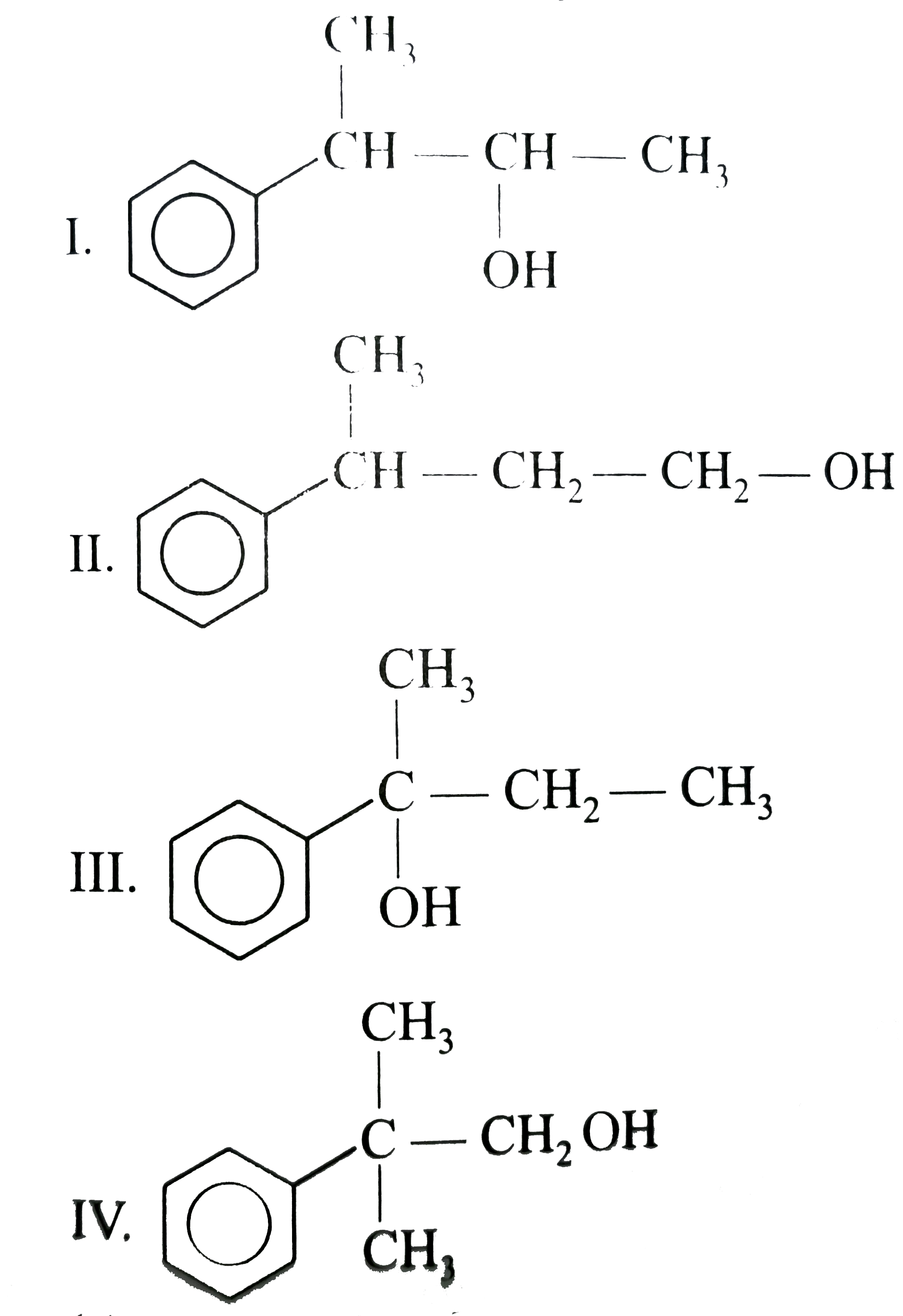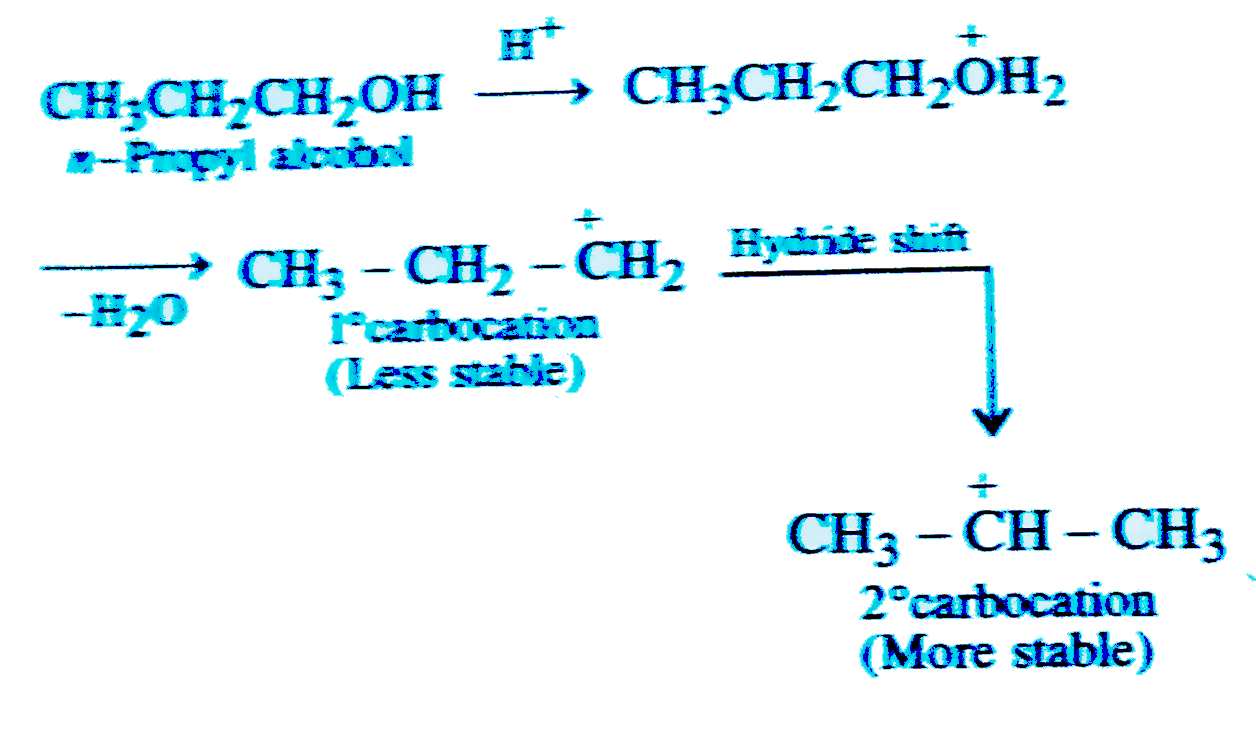The intermediate formed in the acid catalysed dehydration of n-propyl alcohol is
A
CH3−CH2−CH+2
B
CH3−CH+−CH3
C
CH3−CH2−.CH2
D
CH3−.CH2−CH3
Text Solution
The correct Answer is:B
|
Updated on:21/07/2023
Topper's Solved these Questions
Similar Questions
Knowledge Check
- Question 1 - Select One
Which of the following is the most stable intermdiate formed during the acid catalysed dehydration of neopentyl alcohol
A(CH3)3C⊕CH2BCH3⊕CHCH2CH3C(CH3)2⊕CCH2CH3Dall the three are equally stable. - Question 2 - Select One
The intermediate species involved in the acid catalysed dehydration of alcohol is
AFree radicalBCarbocationCCarbanionDCarbene - Question 3 - Select One
Acid catalysed dehydration of 2-pentanol would give
A1-pentene as a major productBcis 2-pentene as a major productCtrans-2-pentene as a major productDcis- and trans - 2-pentene in equal amount.
Give a mechanism for the acid-catalysed dehydration of ethyl alcohol to form diethyl ether.
View SolutionExplain the mechanism of the following reactions :
Acid catalysed dehydration of an alcohol forming an alkene.View SolutionThe correct order of acid catalysed dehydration of alcohols is:
View SolutionSTATEMENT-1: 2-Methyl-2-butene is the acid catalysed dehydration product of neopentyl alcohol.
and
STATEMENT-2: Neopentyl carbocation is the intermediate of the productView SolutionThe relative rate of acid catalysed dehydration of following alcohols would be
I.
II.
III.
IV. View Solution
View Solution

